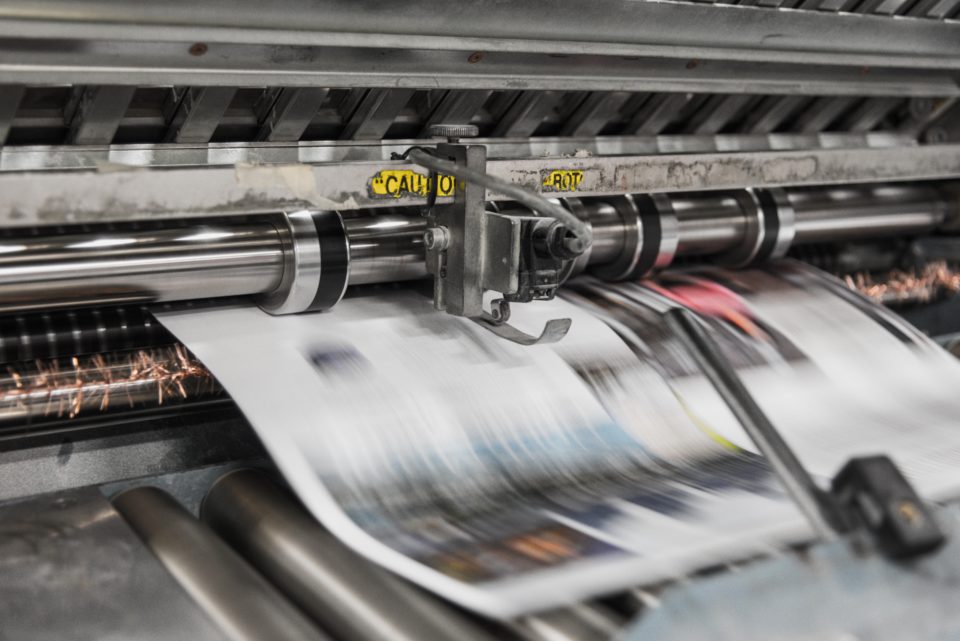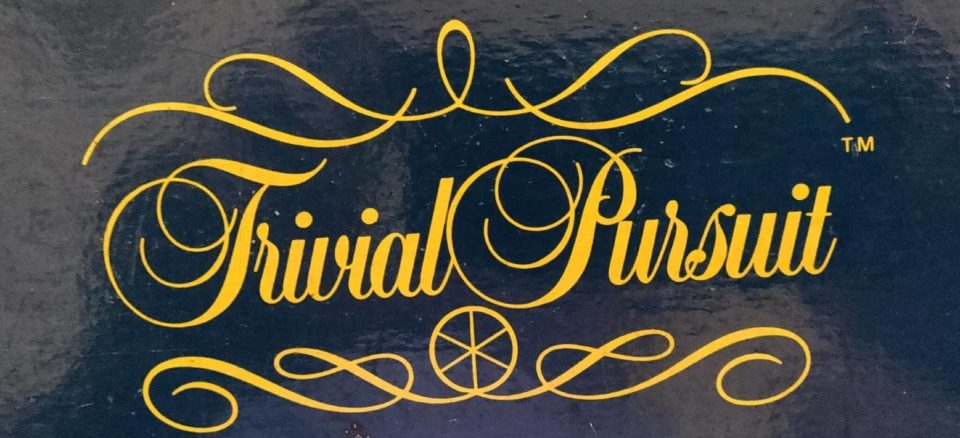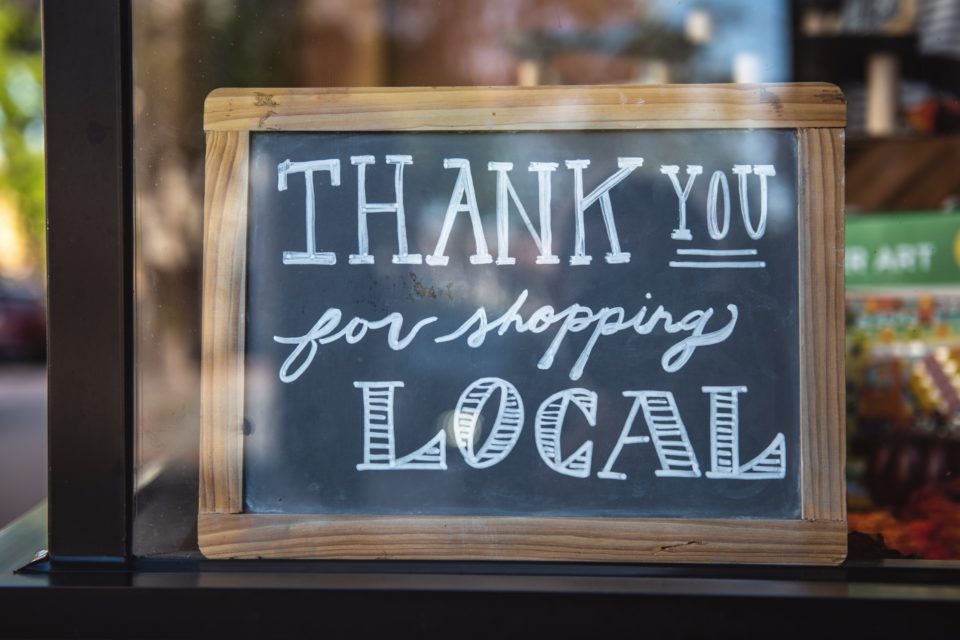
A lot of things fall under the heading “marketing.” Advertising, branding, design, and public relations, which Jackson Jeyanayagam defines on our show Marketing Conversations as “getting the right people to write or talk about your product.”
Generating buzz happens through a combination of advertising and PR, which almost all companies do to some extent. But companies that truly harness the power of PR in their marketing have brands we all envy.
PR used to be seen as a separate discipline from marketing, but more recently ideas have been changing. In A Marketers Guide to Public Relations in the 20th Century, Marketing Public Relations pioneers Patricia Whalen and Thomas Harris defined Marketing Public Relations as “the use of public relations strategies and tactics to achieve marketing objectives.” This is how many of the strongest companies view PR and marketing: a strong duo of disciplines that can build a strong brand and drive growth.
Some brands have used PR to achieve marketing goals so successfully that they’ve changed the way we view PR.
Trivial Pursuit: Gifts and Giveaways

Time Magazine called Trivial Pursuit “the biggest phenomenon in game history.” When it came out, it defined the game nights of the 80s and had people rushing to buy it at rates that seemed impossible in the board game market at the time.
But when it started out, it was just a couple of friends selling a game they invented because they were tired of Scrabble and, initially, selling it at a loss. They didn’t have the funds for a traditional TV and print marketing campaign (and the internet was decades away from being an option), so they hired a PR firm. Their first step was sending the game as a gift to the roughly 70 living celebrities that were mentioned as trivia answers in the game. They knew that if their game was as fun as they believed it was, these proto-influencers would use their social clout to spread the word. And they did. The game was so popular on the set of The Big Chill, that producers bought more and offered them as gifts to film critics they wanted to impress. And it snowballed from there.
Meanwhile, their PR firm was sending the game to the trivia experts at radio stations around the world. As radio stations ran trivia games for their listeners, they used the games as prizes for correct answers. The amount of publicity generated from the cost of each game sent was astronomical, as trivia enthusiasts competed to win each one.
Throwing in a handful of TV appearances by the inventors of the game, and Trivial Pursuit was suddenly fad of the hour, without ever investing in traditional advertising. In 1984, they sold over 22 million Trivial Pursuit games. Their inspiration, Scrabble had never sold more than 4.5 million.
Over the years, they’ve done a lot of traditional advertising, but they’re still dedicated to buzzy PR strategies, like 2019’s Trivial Pursuit Hotel in Russia.
American Express: Supporting Other Companies

After Thanksgiving, the US engages in three shopping-related holidays. The first, and oldest, is Black Friday, a day dedicated to standing in line outside big box stores. Despite the predictable crowds, few people actually seem to like Black Friday. Another, Cyber Monday, is pushed by the online equivalent of the big box stores, in an attempt to get in on the action. Only one of the three was created by a big company but directed at little companies. That’s Small Business Saturday.
In 2010, American Express partnered with the National Trust for Historic Preservation to promote a day dedicated to shopping local, and supporting the small businesses in everyone’s own community. Since then, it’s grown into a yearly phenomenon, a wholesome Black Friday for people that want to support the shop around the corner. Every year, local businesses, officials, and organizations promote it, creating predictable buzz around the day. It’s become an enshrined event, spreading to other countries, and it drives millions of customers to shop small year round, not just on that one Saturday. It’s much bigger than AmEx, but it all started with them, and they still reap the PR benefits alongside countless small businesses.
Objective Wellness: Content as PR

Objective is one of the Clorox Company’s newest brands: they’re still positioning themselves in the market and carving out a niche in a crowded industry. They’re focused on providing simple and achievable wellness plans for busy, unique people, selling supplements and skincare products tailored to specific wellness objectives. It’s a creative angle, but even so, it’s hard to get attention in the health industry.
So Objective turned to content. And not constantly self-serving content, but useful, interesting content for the kind of people that care about wellness. They’ve made the section of their website they call The Journal a destination for information about health and lifestyle. The Journal is full of short, informative articles about everything from meditation to samurai diets.
It’s the kind of site you’d go to if you wanted to learn more, or be inspired to make healthy choices. It happens to be connected to a wellness brand. And that’s good PR.
Because while marketing may be directly tied to a customer’s dollars spent, PR is about giving something in exchange for a customer’s feeling about your brand.
You can hear Jackson Jeyanayagam, Objective’s VP and General Manager, talk more about PR and other marketing topics on our show, Marketing Conversations.
PR and Giving
PR is ultimately about giving something away. Whether it’s sample board games, support for small businesses, or interesting content, PR is the art of kindness on the part of a brand. It’s how you develop buzz, and maintain loyalty.
It’s good for your brand, but it’s not just branding. It’s giving back.
For more marketing insights, sign up for our newsletter!